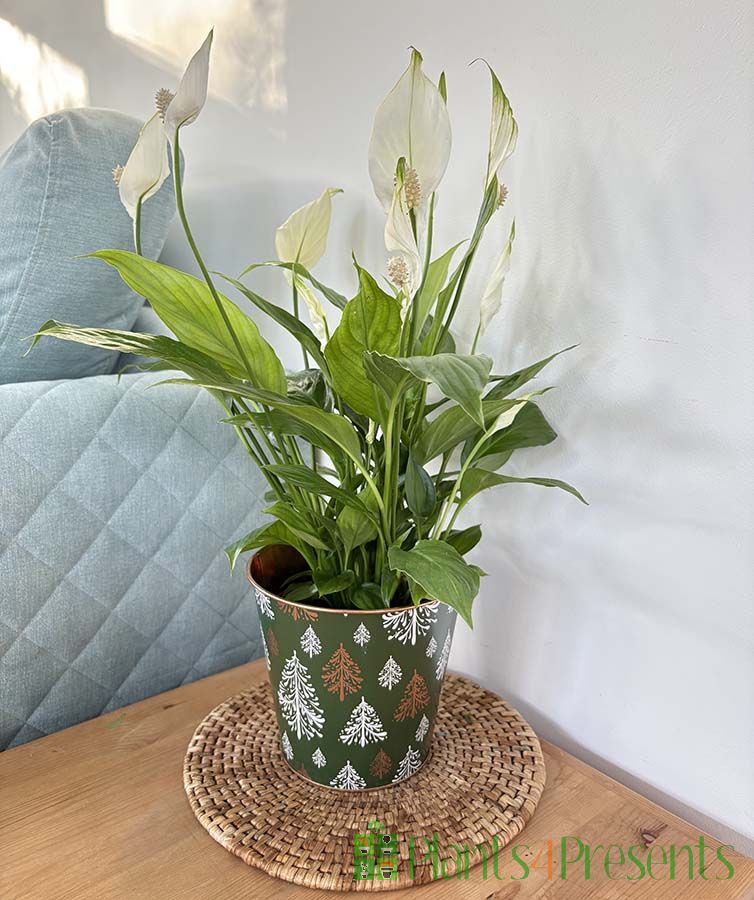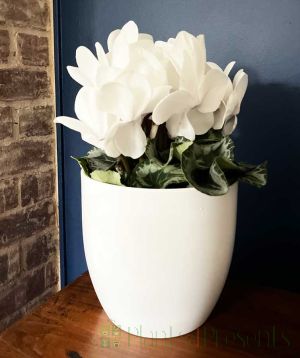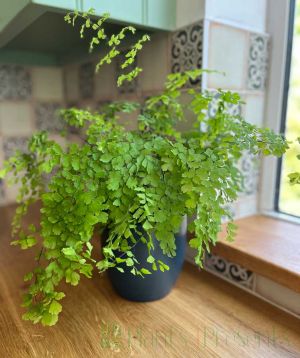Peace Lily
In stock


- Beautiful, easy going house plant
- Gift suitable for any occasion
- Price includes a choice of stylish pots
A lovely addition to the home, these cute peace lilies have at least 4 or 5 budding or flowering spathes and are presented in a choice of attractive ceramic or festive pots.
A fabulous and easy going houseplant with glossy foliage. These plants are perfect as a peace offering, but also to celebrate new homes, new babies or new jobs.
Peace lilies are always popular as they will thrive in a range of light levels and flower on and on for months on end.
 5/ 5
7 reviews
5/ 5
7 reviews


Lovely plant delivers on time

It's beautiful and served its purpose right.

As this was bought as a present I haven't seen in myself but the recipient was delighted with it

Very good plants/ plant food????

Beautiful plant.

Excellent quality -exactly as described

My friend said it was a beautiful gift. Very healthy and nice.

These instructions are sent with the plant gift
The Peace Lily (Spathiphyllum) is very popular houseplant requiring only minimum care. The flowers will last for many weeks if you follow a few basic rules.
The Peace Lily is unusual in that it does not need a huge amount of light to thrive, it will do well in hallways, bathrooms or offices where other houseplants suffer. This is a tough plant, but like all house plants, don't let it get too hot or too cold (below 5 degree centigrade), otherwise the fleshy leaves will become damaged.
Whilst the plant is in a small pot it will need regular watering. Water from the top and let the excess drain away. Or if you prefer, stand in water for 20mins. The top of the soil should seem slightly damp when you touch it. If the leaves start to droop you know it is thirsty, so water straight away. Don't worry it will recover quickly.
When the spathes turn green and then shrivel cut them off at their base to encourage new flowers. Peace Lilies will rest for 6-8 weeks before flowering again and should flower on and off throughout the year.
If your lily is reluctant to flower, try moving it to a shadier position. Extreme drops in temperature or repeatedly parched plants may develop dry shrivelled edges to the leaves. These can be cut off to promote new growth and with more water and warmth will recover well. If you have trouble remembering to water your plants, try placing them in a shallow saucer of water.
More Information
Scientific Name:Spathiphyllum
The name "Spathiphyllum" comes from the greek for blade












